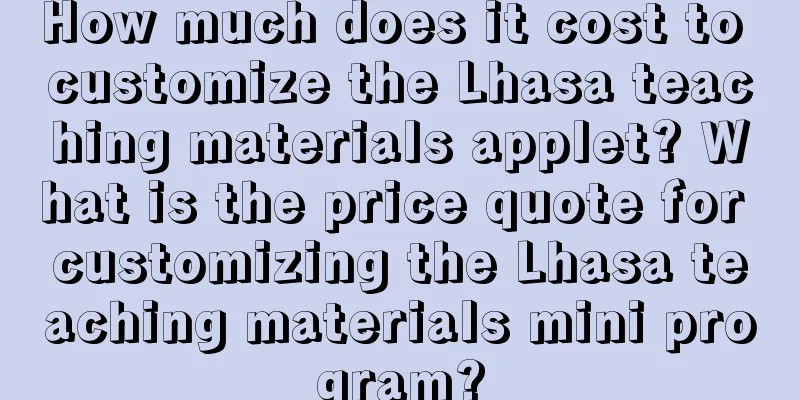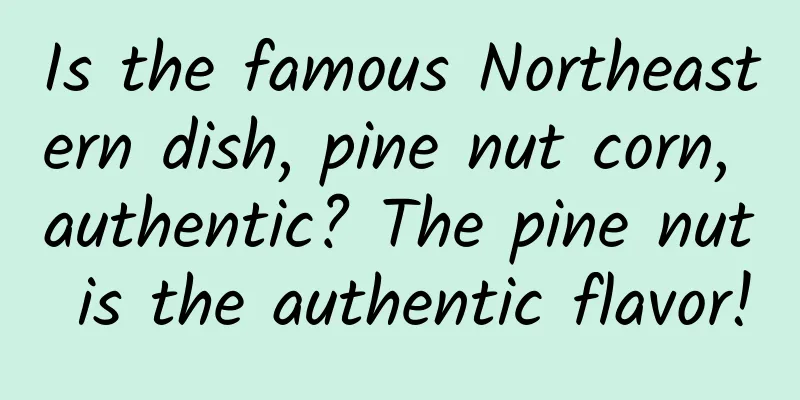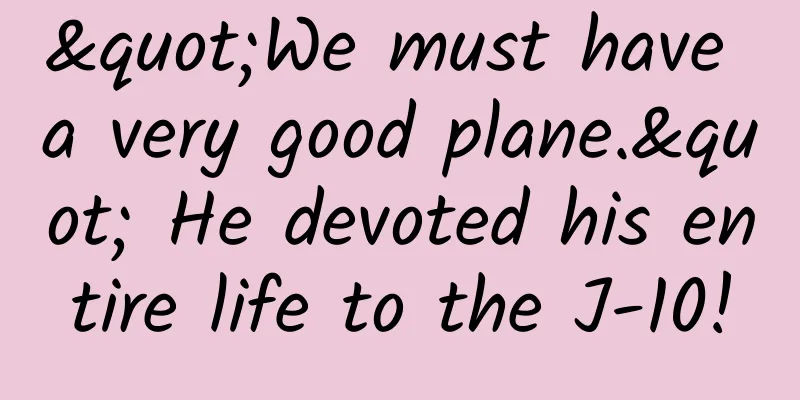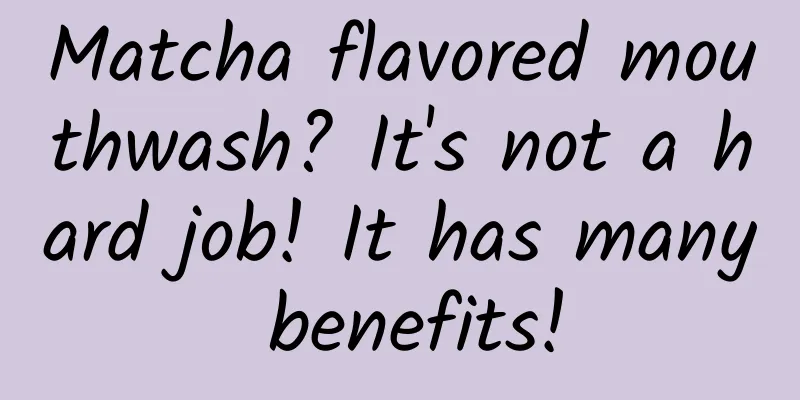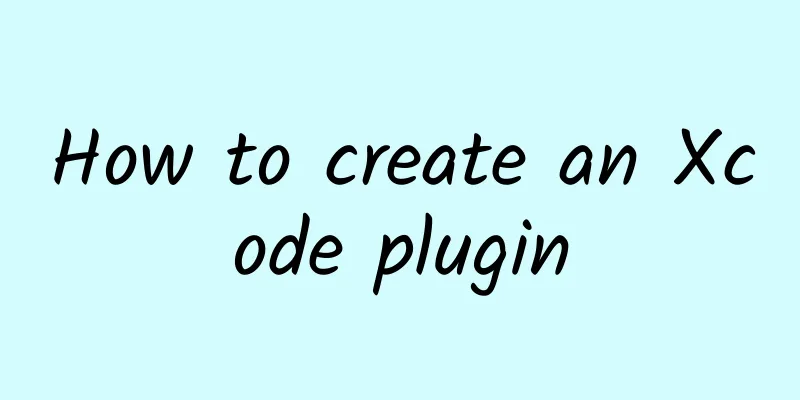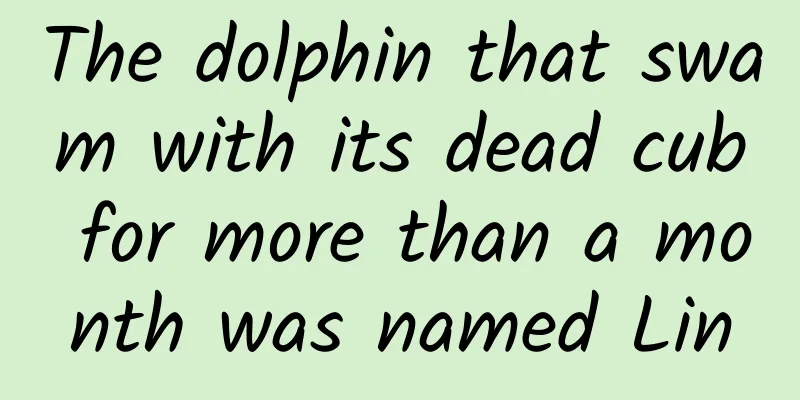It can make a living by its appearance, but it still relies on its "real ability"
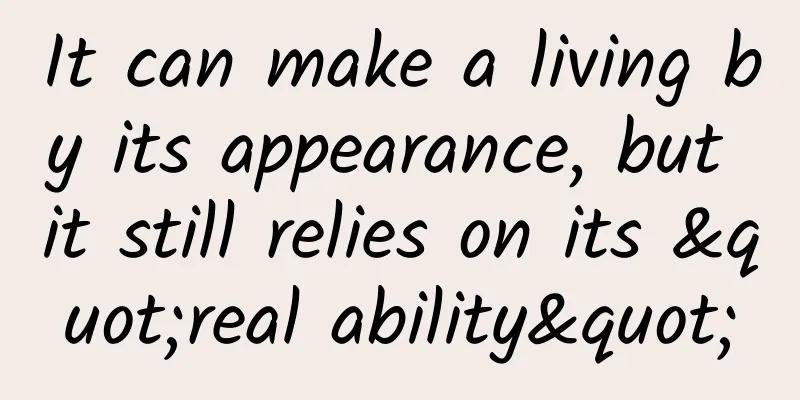
|
Himalayan salt crystals: A type of crystal from the Khewra Salt Mine in the foothills of the Himalayas in Pakistan. Hollow out the center of these crystals and place a small light bulb or heat source inside to create a Himalayan salt lamp. I have to say, this lamp looks pretty good. To be honest, this lamp can obviously make a living just by its appearance, but it insists on relying on its "real skills". Some people say that Himalayan salt lamps can absorb pollutants in the air to the surface of the lamp, achieving the effect of purifying the air. What’s even more amazing is that salt lamps can also produce negative ions. In recent years, all products related to negative ions have been labeled as high-tech, but can salt lamps produce negative ions? Let’s first take a look at how negative ions are produced. A very important condition is that ions are generally produced under high energy conditions. For example, heat, water, etc. When an atom gains or loses an electron, the resulting particle with one or more charges is called a negative ion. Let me give you a very simple example: at the edge of a waterfall, or on the shore where the waves are surging, water vapor is formed by the huge impact force of the water flow. When you smell the water vapor, yes, you smell it, it really makes you feel happy. It is true that negative ions can effectively enhance the ciliary movement of the tracheal mucosal epithelium, affect the activity of respiratory enzymes in the epithelial villi, improve the secretory function of the alveoli and the ventilation and gas exchange function of the lungs. Unfortunately, there are very few ions in the rooms we live in. Because positive ions and negative ions are always attracted to each other, they will combine to become a neutral molecule without any emotion. So, can our salt lamps provide us with more negative ions at this time? The answer is no. Why not? Don’t worry, just read on. Looking at the salt lamp, if the salt lamp wants to produce negative ions, the base must be removed first. Then the light bulb inside will definitely not produce negative ions. Then our attention can only fall on the layer of pink salt crystals outside the salt lamp. Since it is salt crystals, the main components should be sodium chloride, that is, chloride ions and sodium ions. Then comes the funny part. In order for a salt lamp to produce negative ions, a bulb of at most 25 watts is needed to generate high heat of 816°C to cause the sodium ions and chloride ions to ionize. But if the light bulb could generate that much heat, wouldn't there have been a fire long ago? So, Himalayan salt lamps do not produce negative ions...? ? Wait, don't jump to conclusions. What if the negative ions do not come from the sodium and chloride ions in the salt crystals? Because salt crystals may contain other trace minerals. It is possible that they produce negative ions. Unfortunately, so far, no high concentrations of trace elements have been found in salt crystals. So put aside the question, Himalayan salt lamps do not produce negative ions. After removing the veil of negative ions, the salt lamp has another function. It can absorb pollutants in the air to the surface of the lamp, thereby purifying the air. So is this useful? Emmmmmm, actually it doesn’t make much sense. There may be a small amount of pollutants in the air attached to the slightly hot surface of the salt lamp. But look at your room. It is impossible to remove a large amount of pollutants from the air in such a large room with just a few small salt lamps. Therefore, Himalayan salt lamps do not need so many gimmicks. Their appearance itself is enough to be popular in the market. |
<<: Why can we drink herbal tea but not cold tea?
Recommend
5 steps for integrated marketing promotion across the entire network, this is the normal posture
Today we are going to talk about integrated marke...
LG Efficient Test Course 2021
LG High Efficiency Test Course 2021 Resource Intr...
Why do others get three times as many clicks as you when doing the same information flow advertising?
Let’s look at an example first. A stock trading s...
Don't lose weight randomly! These unreliable weight loss methods may damage your bones
The matter of losing weight The most difficult pa...
4 cases of Super Fans Pass, let the data speak for themselves!
We have previously introduced the new features of...
Weilai Chang'an Street incident re-occurred? Car owners reported that ES8 was upgraded in the middle of the road, causing an hour of congestion
Recently, a NIO owner reported on a forum that he...
Color the ice, add toppings to your friends... penguin poop is more magical than you think
In Antarctica, cute penguins are a common sight o...
Learn from Didi to provide subsidies to attract users? But you don’t know the essence of its subsidies!
The article is a sharing of operational experienc...
Light soy sauce, dark soy sauce, chicken essence and MSG...what are the differences between various seasonings?
Mixed Knowledge Specially designed to cure confus...
Well-known singers are reported to be infected! About one-third of the population may be sick, and doing this can prevent it
On the evening of June 28, in the eighth episode ...
A large area of coal mines in Inner Mongolia collapsed, and rescue was difficult! A picture to understand open-pit coal mines and safety production
Produced by: Science Central Kitchen Produced by:...
Don't get lost when seeing a doctor | Departments in the hospital that don't require registration
...
How to analyze data in product operations?
Today we will talk about the last element of the ...
Lenovo YOGA plays three trump cards. The mid-life crisis forces Lenovo to innovate subversively
In 2016, Lenovo is already 32 years old. As a nat...
The trend of "Four Uncles" playing with skewers has spread to children! Will primary school students get tenosynovitis from playing with skewers?
When it comes to playing with bracelets, the firs...
